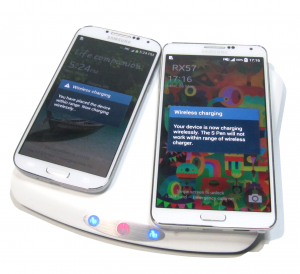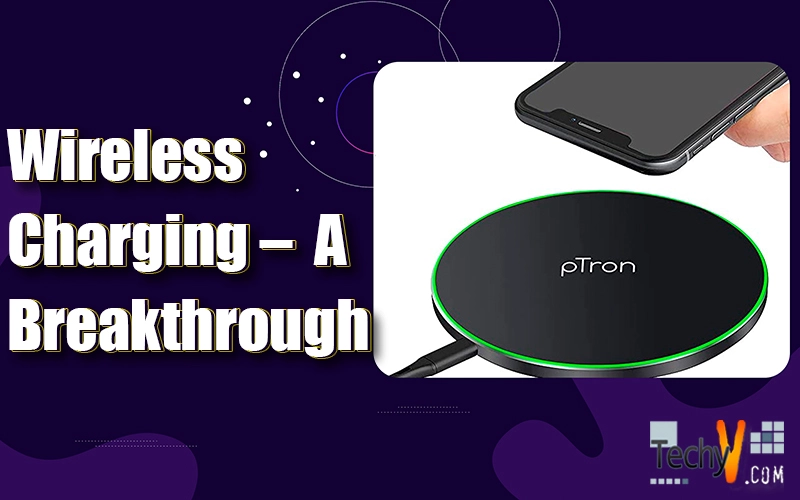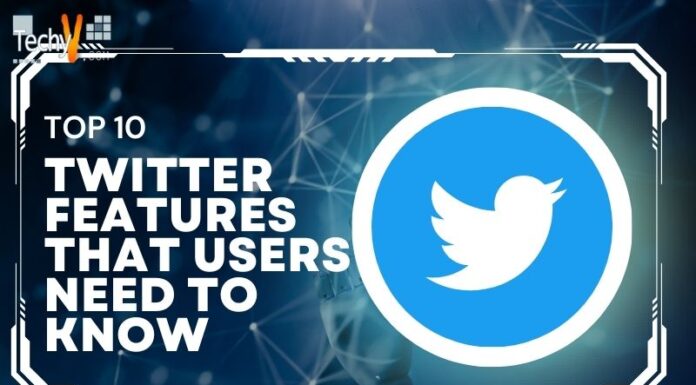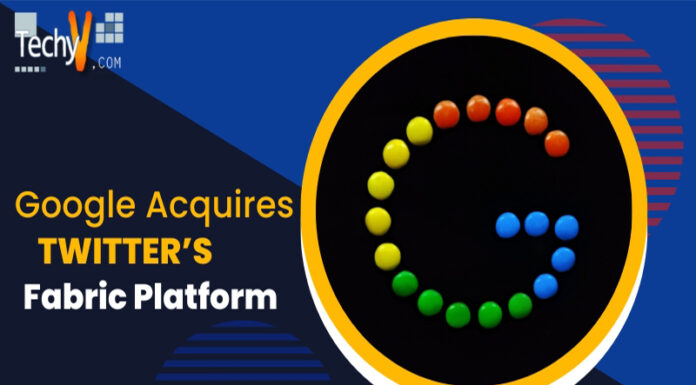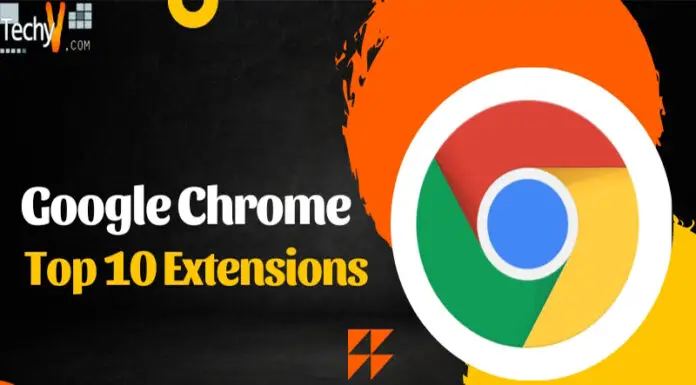We are no more in the age of curly wired telephones. If those phones have been replaced by its tiny battery operated version in our pockets, a technology development to be able to keep that device charged wherever and whenever required is not surprising. Wireless charging is a breakthrough that has made us leave behind the usually wired chargers and move on to the reliable and portable form. When any electrical or electronic device begins to beep indicating a low battery, we no more abandon its usage and physically connect them to the plug-point. The miracle worker is structured like a plate or pad that can be the seat for your smartphone anytime it drains its battery. Different models of phones can be charged using the same device.
Tesla, who changed the world with the concept of alternating current, was the one who first worked on this technique. Soon, he was able to acquire this breakthrough when he transferred power across some distance and managed to light a few bulbs and make an electric motor work. As time passed by, we were introduced to magnetrons that converted electricity to microwaves. However, it was a one-way conversion. Slowly we landed on two developments, wireless charging through radio frequency and coupling related wireless charging.
How does it work?
The concept is simple. There is a transfer of power in the form of electromagnetic energy via an air gap instead of tangling cords. It is also referred to as inductive charging. The first technique is through magnetic resonance. This method uses magnetic coils for energy transfer between two devices. Induction occurs from a primary coil to the secondary coil (of the gadget to be charged) which should be in its vicinity so that their magnetic fields overlap. The frequency and the physical properties of the primary and secondary coils play a significant role. So the AC that receiver coil gets is then converted to DC and Voila! Other than the inductive wireless technique, we also have the resonance based process. Oscillating magnetic field works the magic here. Same frequency indicates strong coupling. Hence, Inductive and Resonant techniques go hand in hand. However, resonance-based charging allows travel along longer distances, better speeds and resistance to certain insulating materials between the charger and the device. Microwave radiation method is less used for regular day-to-day purposes even though it charges with much greater separation distance. We mostly use two standards, A4WP and Qi. They determine how the charging takes place.
How does the future look like?
There is also a wireless charger networking where data transfer to a server is included, but that is not of much importance to the layman. The future of wireless charging is bright. It has brought home convenience. We do not have to deal with powerless cell phones while we are traveling in a car or vehicle with no cord slot. The speed is an issue now but it is being developed. Electric cars will hit the roads in future and wireless charging will make life easier. Highways and expressways will be well equipped to provide long distance charging. Electric shocks will be reduced to a great extent too.
